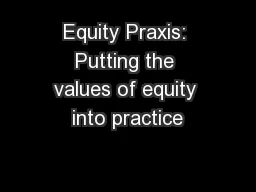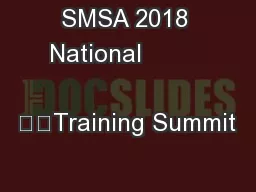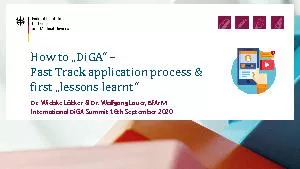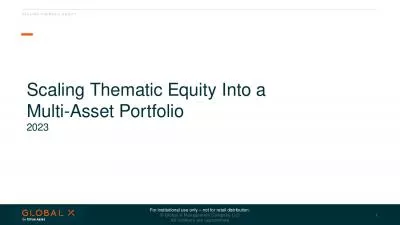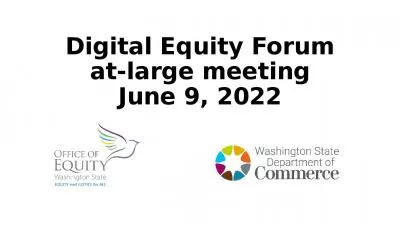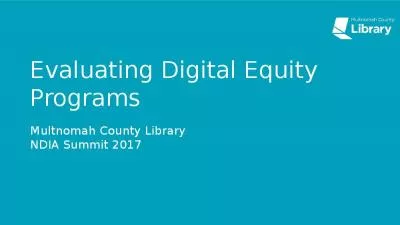National Summit on Digital Equity & Economic
Author : karlyn-bohler | Published Date : 2025-06-23
Description: National Summit on Digital Equity Economic Inclusion From Compliance to Impact May 1415 2019 NEA Washington DC Digital Divide Challenges to Economic Educational Opportunity Per Pew Research Center studies 44 of households earning
Presentation Embed Code
Download Presentation
Download
Presentation The PPT/PDF document
"National Summit on Digital Equity & Economic" is the property of its rightful owner.
Permission is granted to download and print the materials on this website for personal, non-commercial use only,
and to display it on your personal computer provided you do not modify the materials and that you retain all
copyright notices contained in the materials. By downloading content from our website, you accept the terms of
this agreement.
Transcript:National Summit on Digital Equity & Economic:
National Summit on Digital Equity & Economic Inclusion: From Compliance to Impact May 14-15, 2019 NEA Washington, DC Digital Divide Challenges to Economic & Educational Opportunity Per Pew Research Center studies: 44% of households earning <$30,000 year lack home broadband 46% of these households lack a home computer 26% are “smartphone-dependent” even for homework and job applications where a full keyboard would boost productivity dramatically 24% of low-income households have only one Internet-capable device, compelling device sharing across all family purposes and potential users. Meanwhile, employers almost universally rely on online job announcements and applications to meet labor demand, even for non-living wage jobs. Digital Divide Challenges to Economic & Educational Opportunity So… the Digital Divide makes it increasingly difficult to find out about and apply for living wage jobs. But, the Digital Divide also makes it increasingly difficult to prepare for living wage jobs: “The Homework Gap” Digital Divide Challenges to Economic & Educational Opportunity <10% of school districts report that all students have access to non-shared devices at home 5 million school-age children lack home broadband Mostly in low-income families and Also in rural areas where broadband is non-existent or expensive Low-income families are 4 times more likely to lack home broadband Meanwhile: Nearly 50% of students say unable to complete homework due to lack of home access to broadband and a computer 90% of teachers assign homework requiring Internet use at least several times each month To put it in context: let’s see this short clip. Additional Crucial Digital Divide Challenges Rigorous review of research on tech investments crucial for at-risk students’ success found that digital divide best thought of as: A systemic challenge Home access is crucial not only to Broadband and Computers with keyboards But also to: Tech support and training High quality content for educational success, financial literacy and economic inclusion, and not least Librarians equipping LMI learners with crucial cybersafety, media literacy and online searching skills Community Reinvestment Act (CRA) Federal statute passed in 1977, requires FDIC-insured banks to comply. In LMI areas (see our map), banks must provide equitable access to Banking services Capital and credit Volunteerism All in support of economic opportunity Banks have received credit for CRA investments for Affordable housing Financial literacy Financial inclusion (access to banking services) and, most recently Economic inclusion NCDE policy advocacy and pilot efforts in San Antonio 2013-15… Led Dallas Fed to issue guidance





